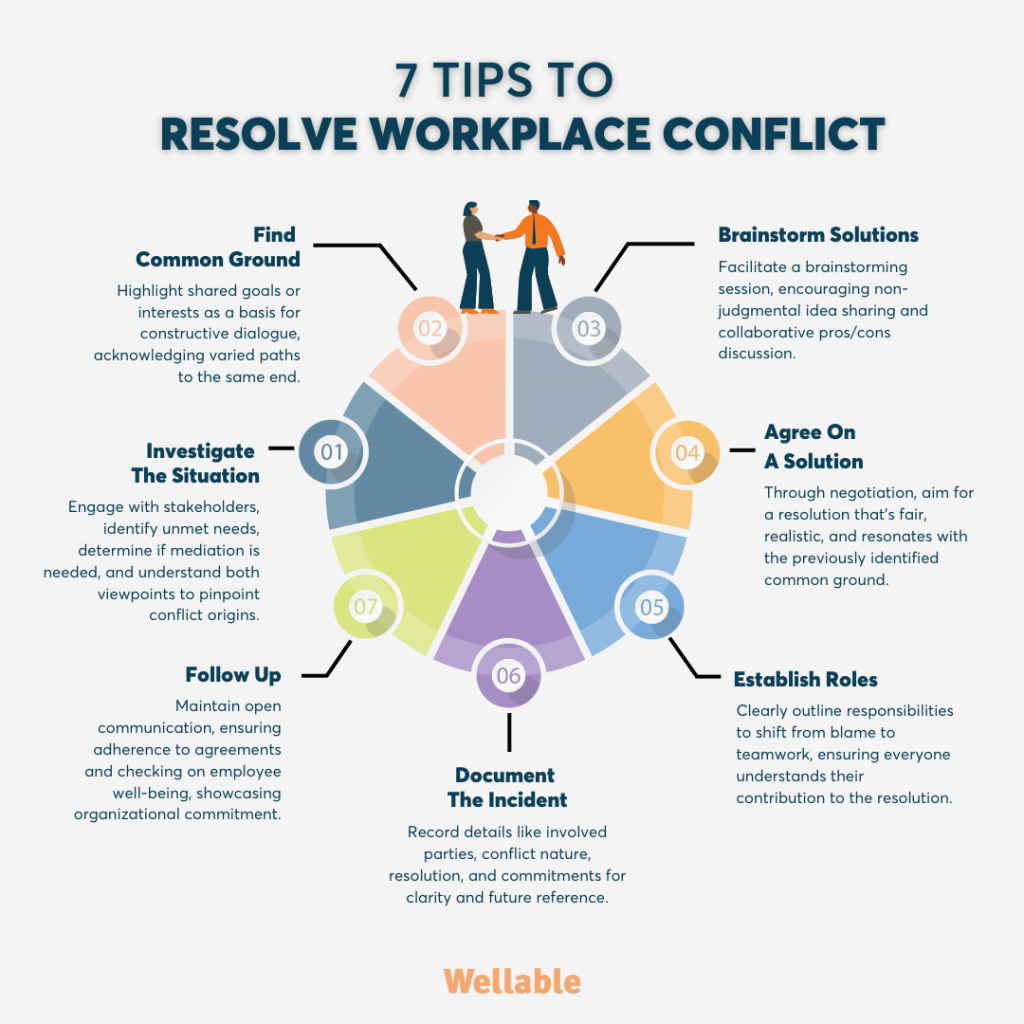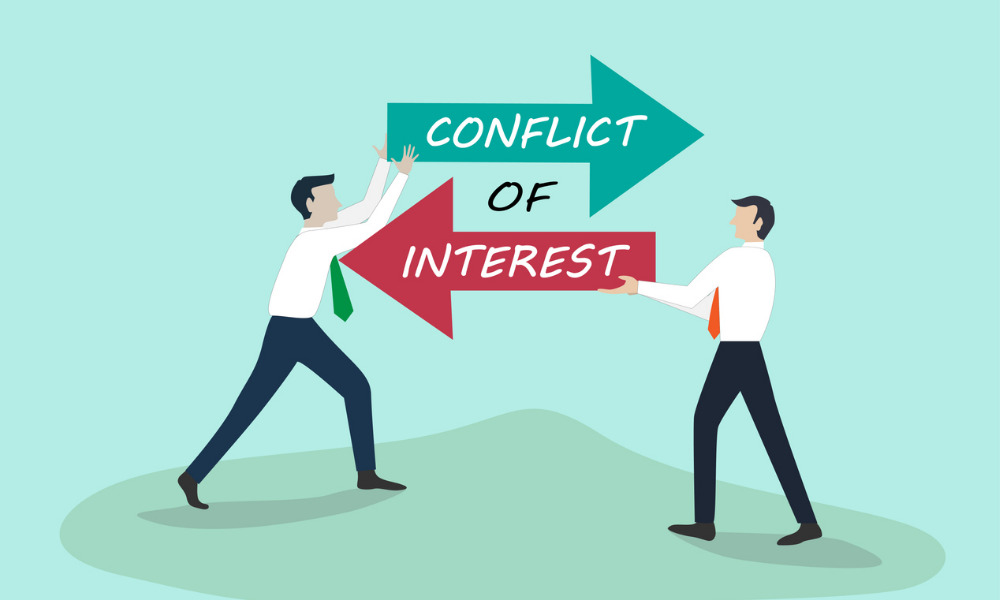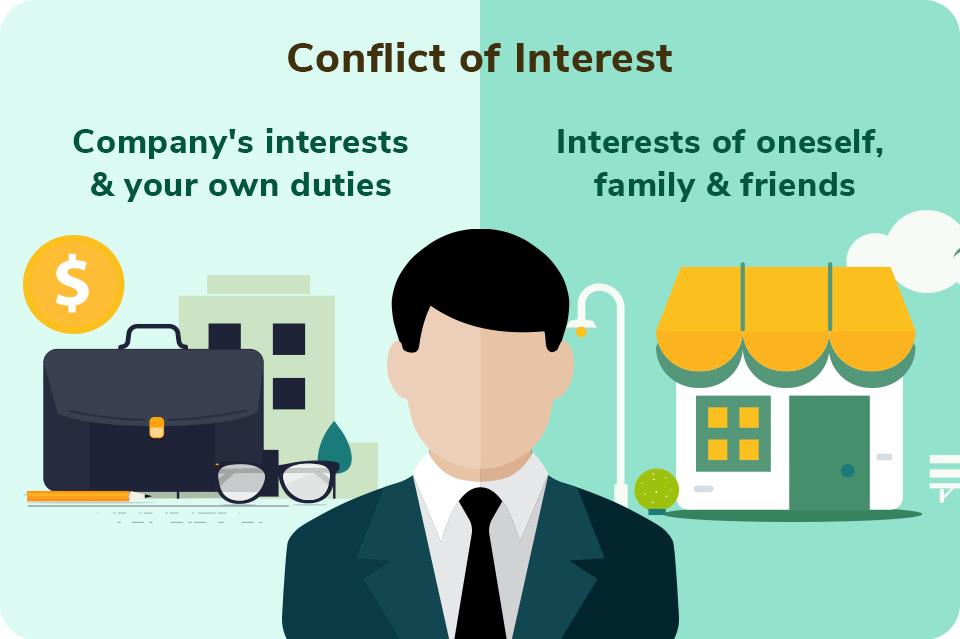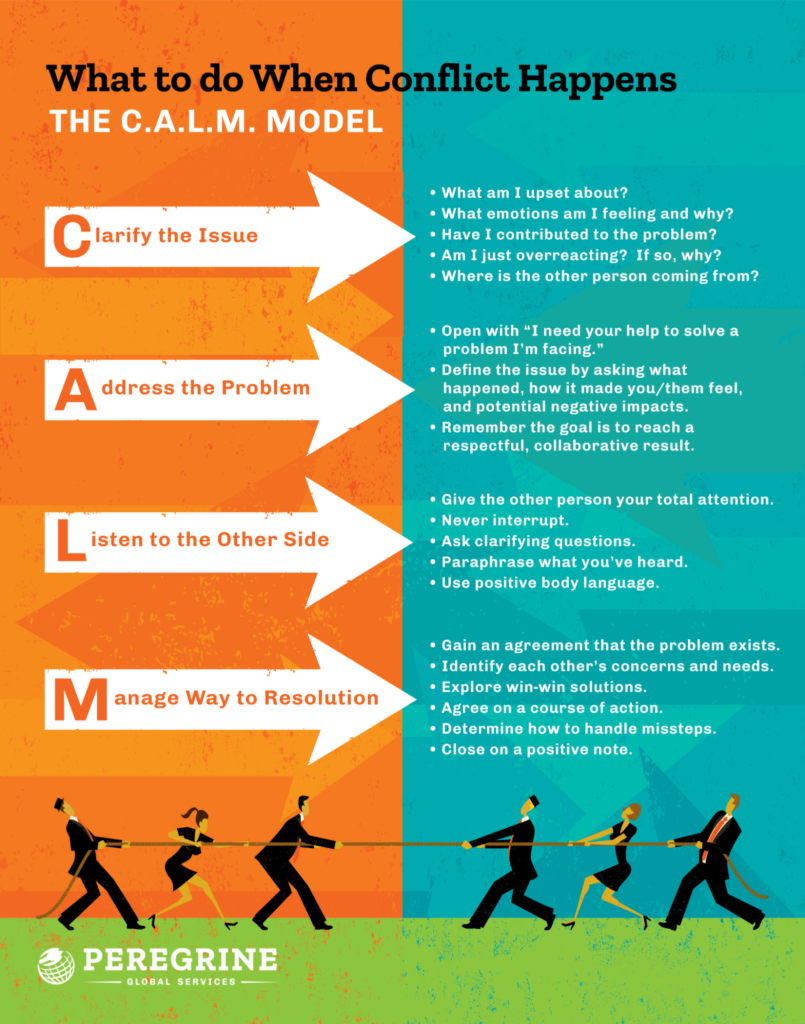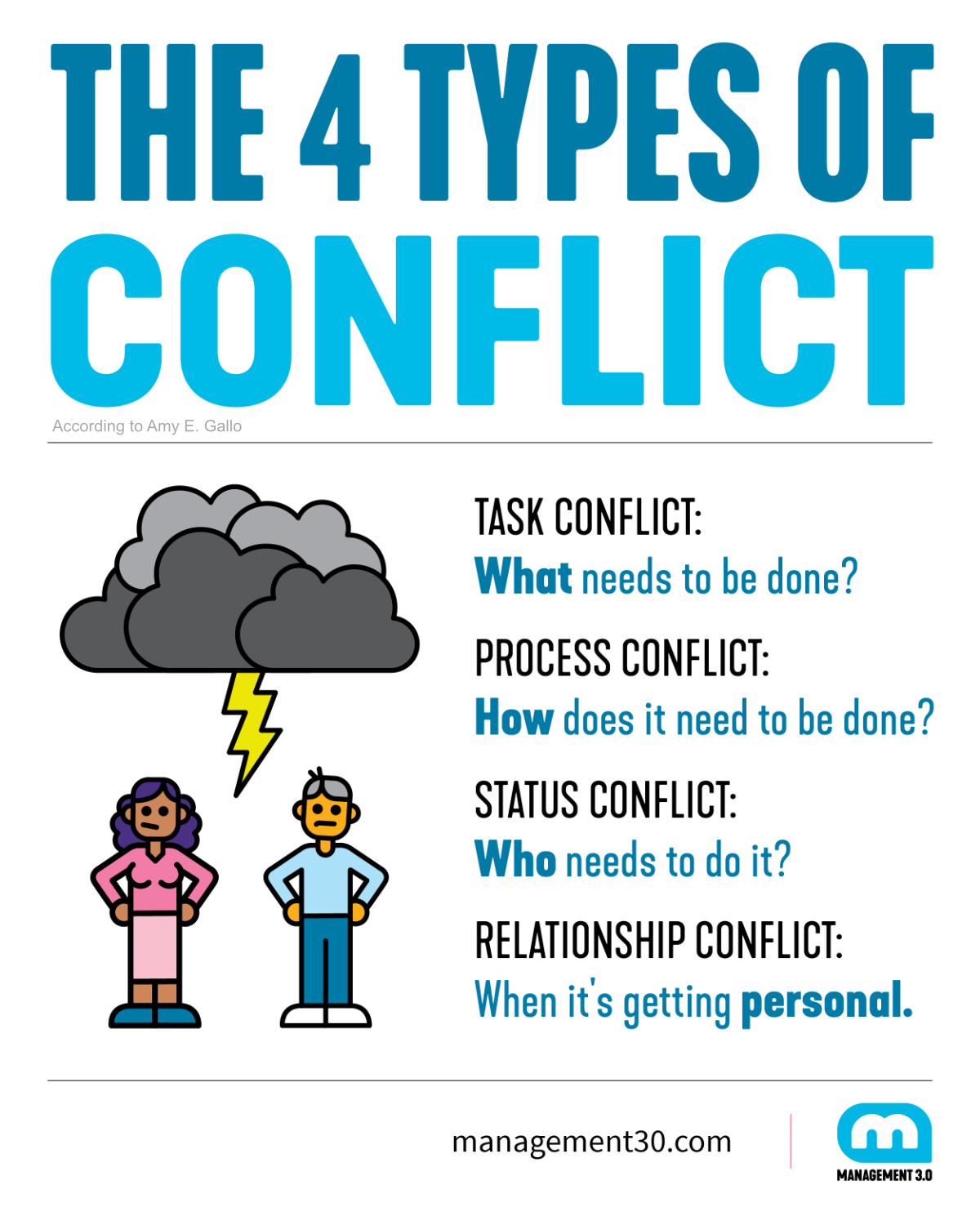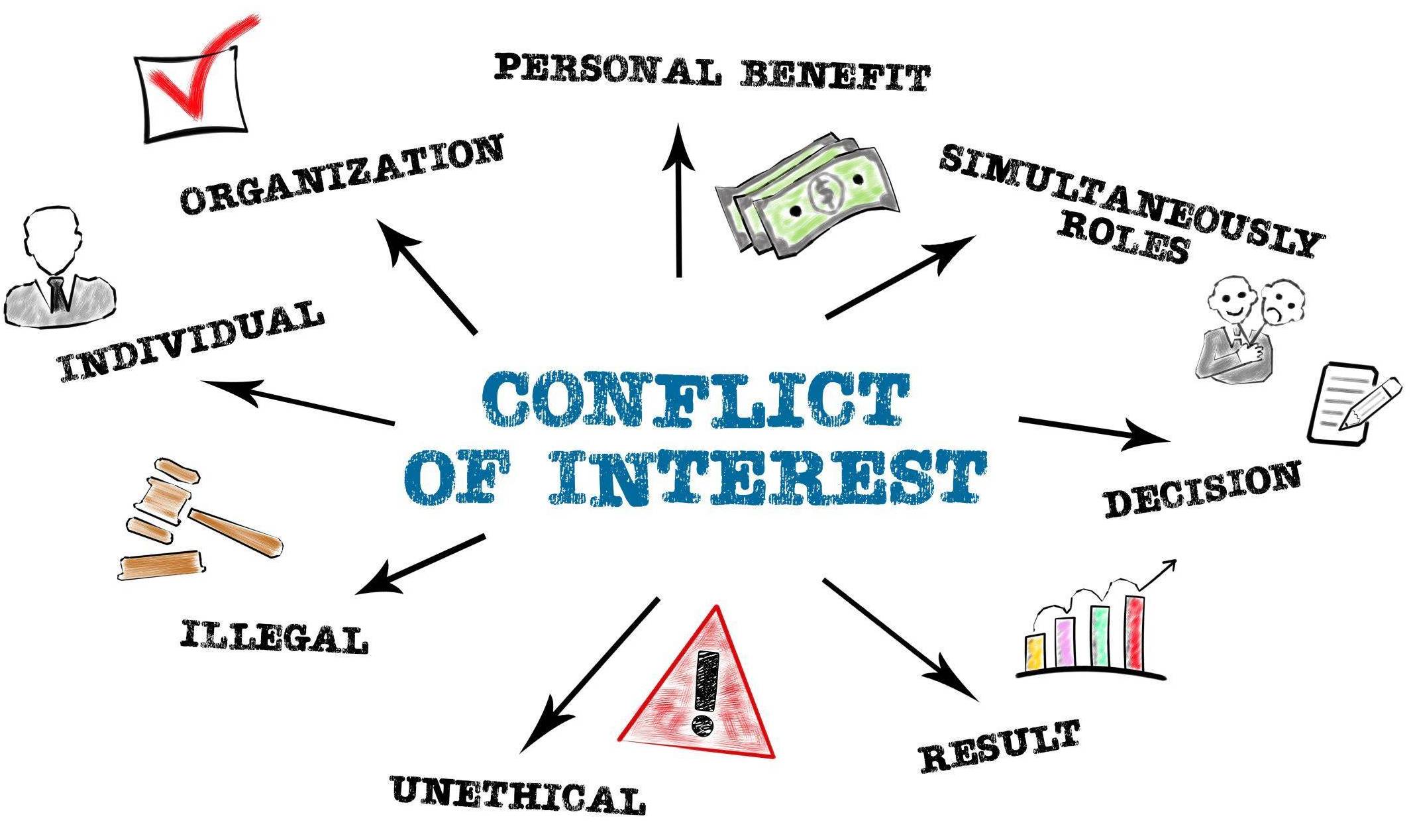How To Deal With Conflict Of Interest In The Workplace
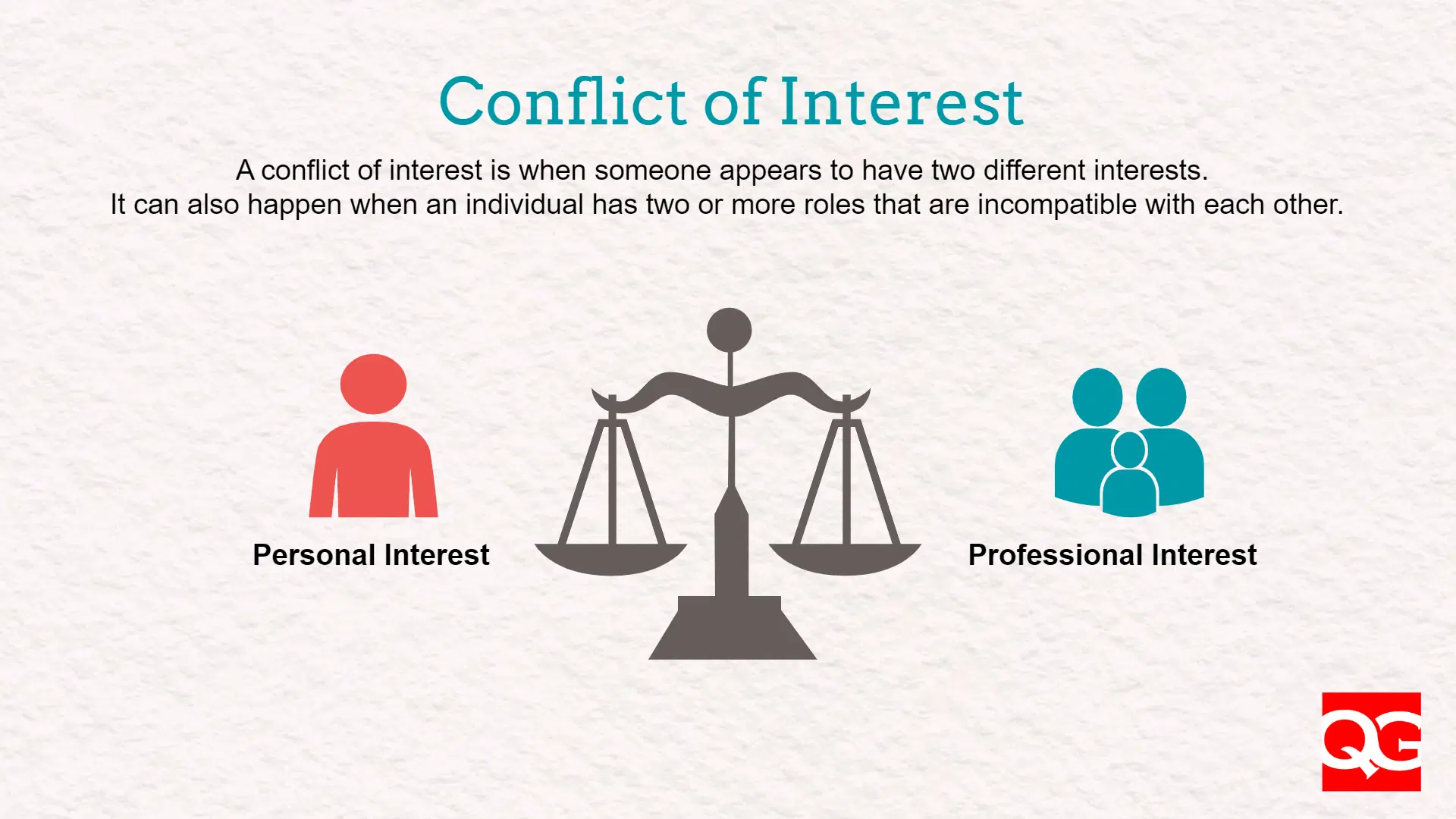
The modern workplace, a complex web of relationships and competing interests, increasingly faces the challenge of conflict of interest. These situations, where personal gain clashes with professional responsibility, can erode trust, damage reputations, and even lead to legal repercussions. Navigating these treacherous waters requires awareness, transparency, and a commitment to ethical conduct.
This article delves into the intricacies of conflict of interest in the workplace. It provides practical strategies for identifying, addressing, and mitigating these situations. We'll explore best practices drawn from legal guidelines, organizational policies, and expert insights.
Understanding Conflict of Interest
A conflict of interest arises when an individual's personal interests, financial interests, or relationships could potentially compromise their objectivity, loyalty, or professional judgment. These conflicts can be real, perceived, or potential. The key is that they create a risk of bias or improper influence.
Examples range from accepting gifts from vendors to participating in decisions involving family members' businesses. Even owning stock in a competitor can be considered a conflict.
"A conflict of interest is not necessarily evidence of wrongdoing, but it is a situation that requires careful management," according to a statement from the Society for Human Resource Management (SHRM).
Identifying Potential Conflicts
The first step in managing conflict of interest is recognizing situations that might give rise to one. This requires self-awareness and a commitment to ethical conduct.
Organizations should provide employees with clear guidelines and training on identifying conflicts. Encouraging open communication is also vital.
Consider these questions: Do you or a close relative stand to benefit financially from a decision you're making? Could your personal relationships influence your professional judgment? Are you using company resources for personal gain?
Disclosure and Transparency
Transparency is the cornerstone of effective conflict of interest management. When a potential conflict is identified, it must be disclosed to the appropriate parties.
Most organizations have policies outlining the process for disclosing conflicts. These policies typically involve submitting a written disclosure form to a supervisor, HR department, or ethics officer.
The disclosure should be comprehensive and accurate, providing all relevant details about the potential conflict. Timely disclosure demonstrates integrity and allows the organization to assess and manage the situation effectively.
Mitigation Strategies
Once a conflict is disclosed, the organization must determine the appropriate course of action. Several mitigation strategies can be employed, depending on the nature and severity of the conflict.
One common approach is recusal, where the individual with the conflict is removed from the decision-making process. Another option is independent review, where a neutral third party assesses the situation and provides recommendations.
In some cases, divestment may be necessary, requiring the individual to sell assets or sever relationships that create the conflict. Policies should clearly outline consequences for non-disclosure or violations.
The Role of Organizational Policies
Robust policies are essential for preventing and managing conflict of interest. These policies should define what constitutes a conflict, outline disclosure procedures, and specify consequences for violations.
Policies should be regularly reviewed and updated to reflect changing legal and ethical standards. Training programs can educate employees about the policy and provide practical guidance on identifying and addressing conflicts.
Effective policies create a culture of accountability and encourage ethical behavior throughout the organization. They demonstrate a commitment to integrity and protect the organization's reputation.
Looking Ahead: Fostering Ethical Workplaces
The challenge of conflict of interest is likely to intensify in the future, driven by increasing globalization and interconnectedness. Technology also plays a role, creating new avenues for conflicts to arise.
Organizations must prioritize ethical leadership and cultivate a culture of integrity. This requires not only strong policies but also consistent enforcement and a commitment to transparency.
By proactively addressing conflict of interest, organizations can build trust, protect their reputations, and foster a more ethical and sustainable workplace for all.
